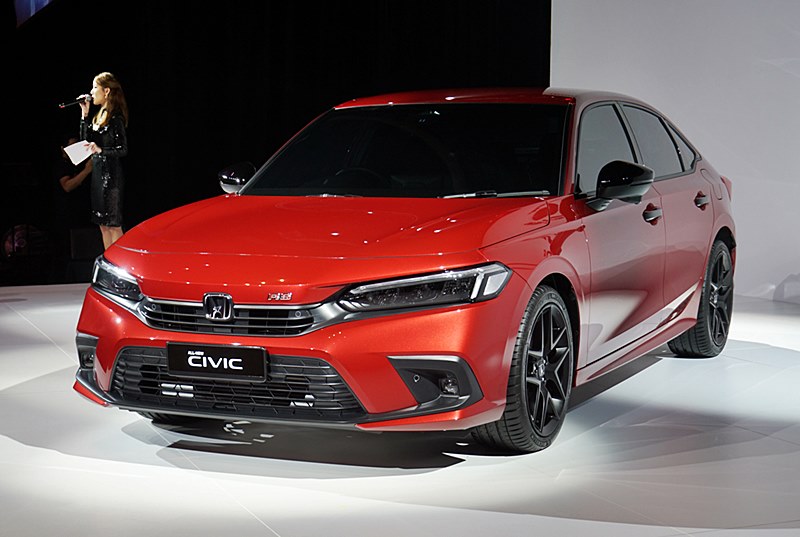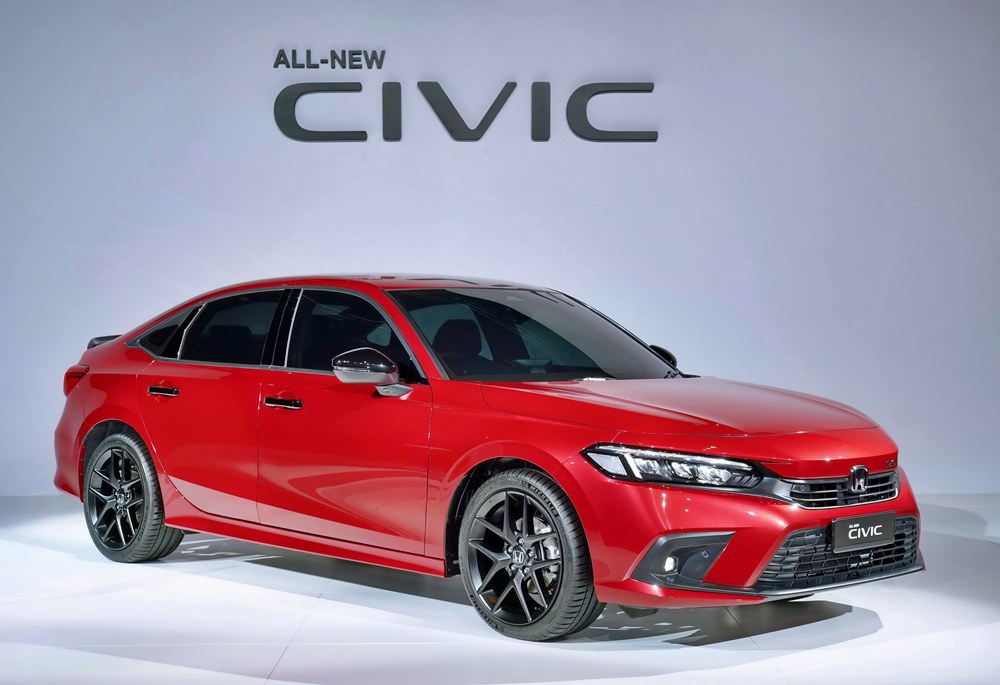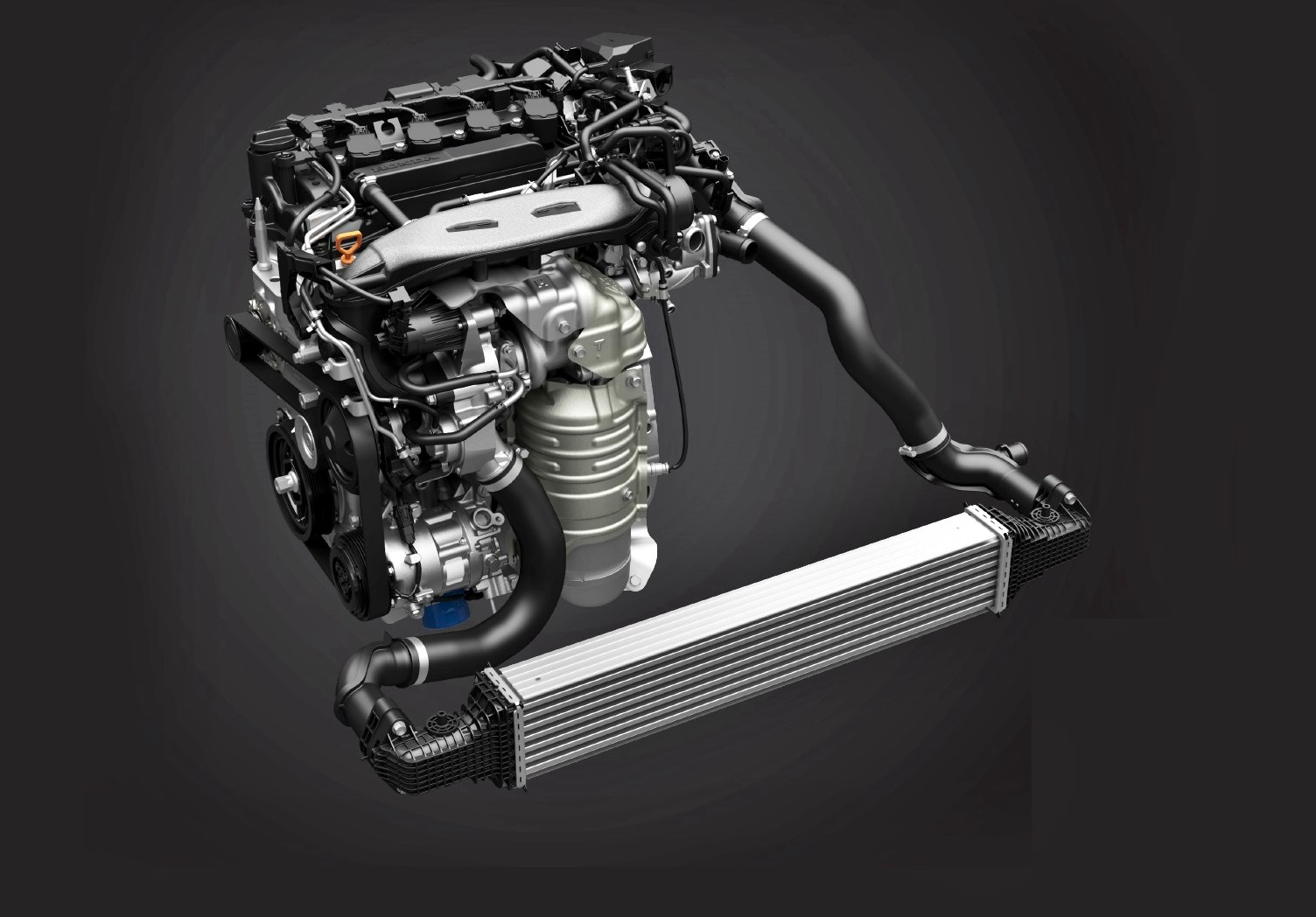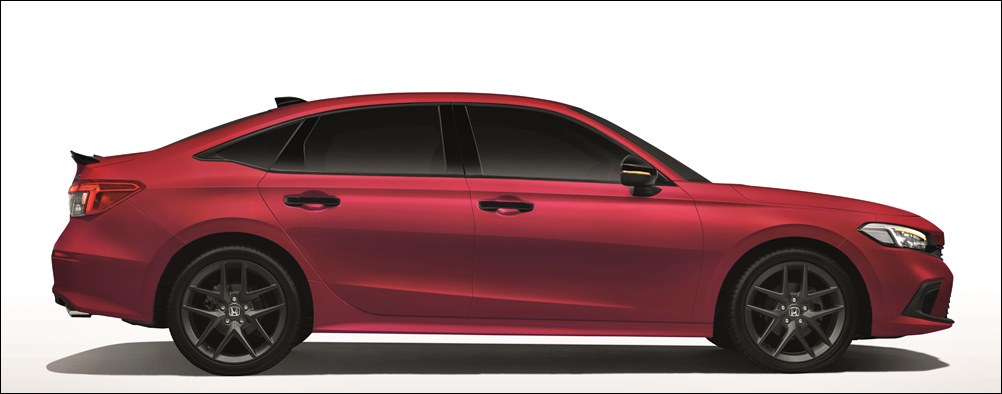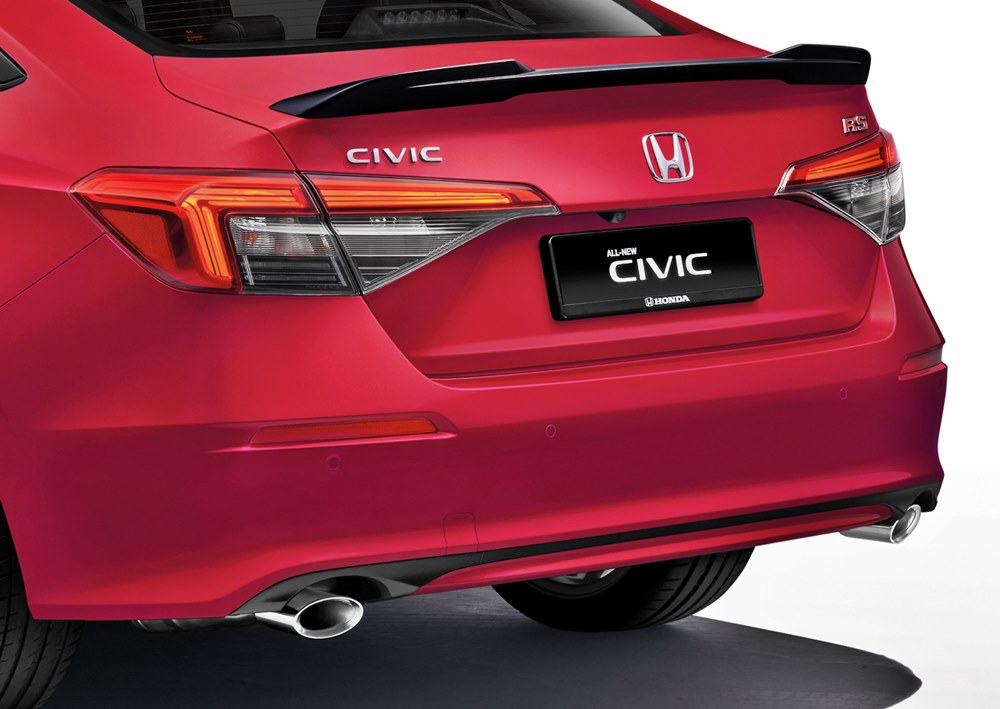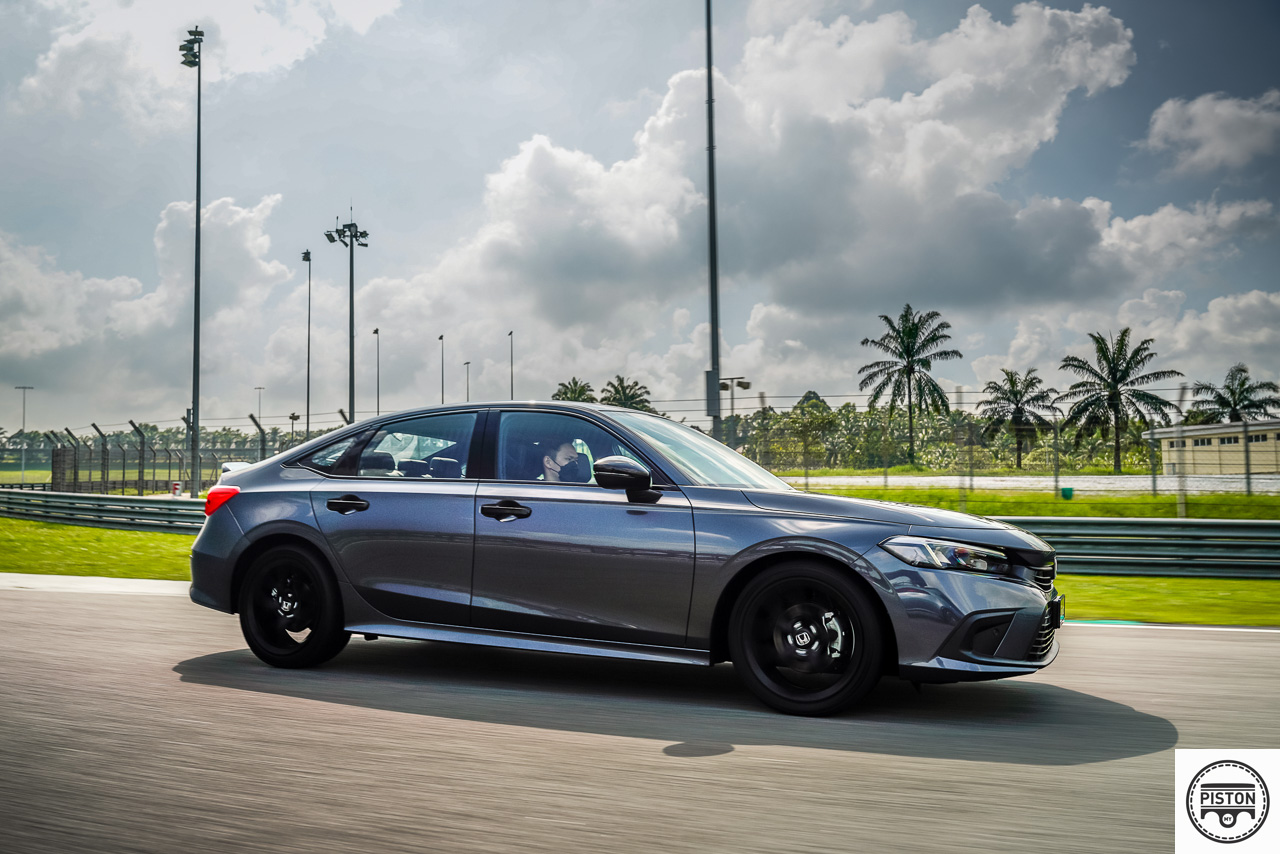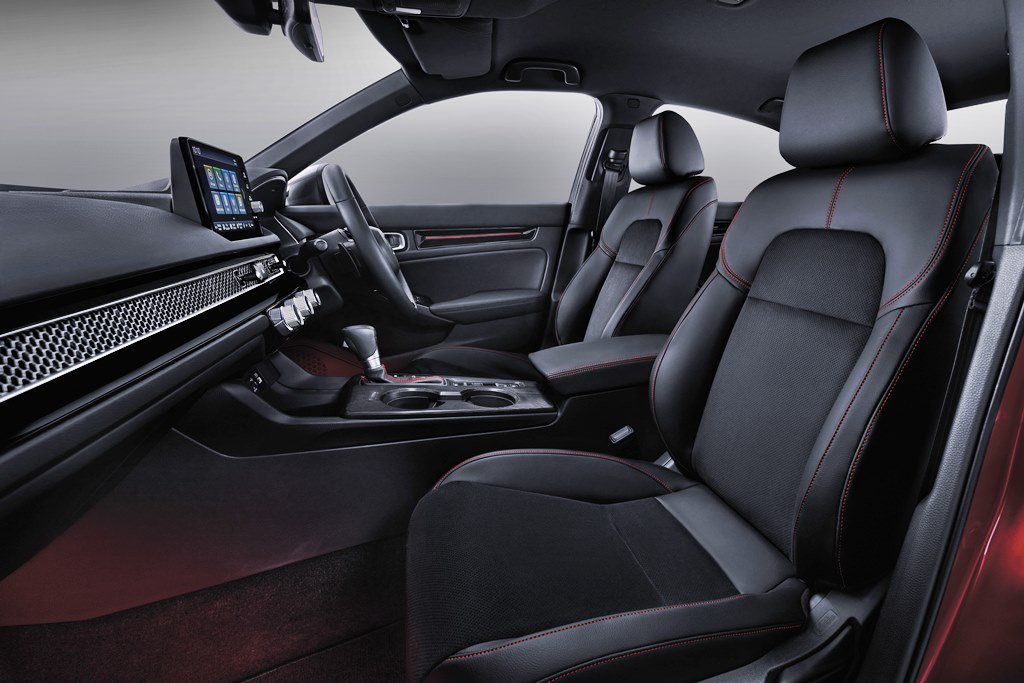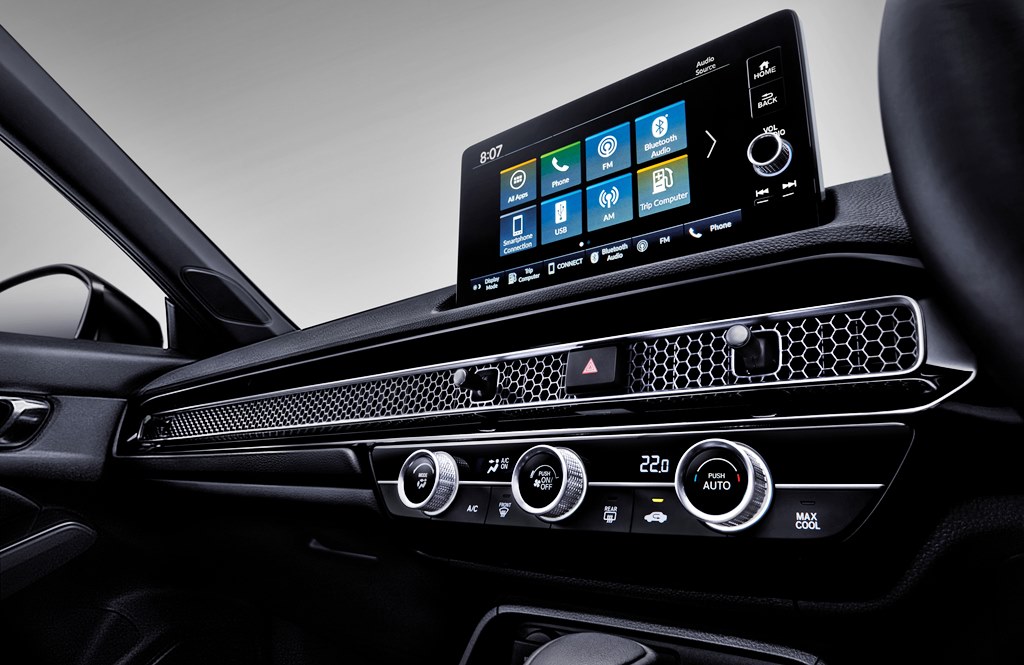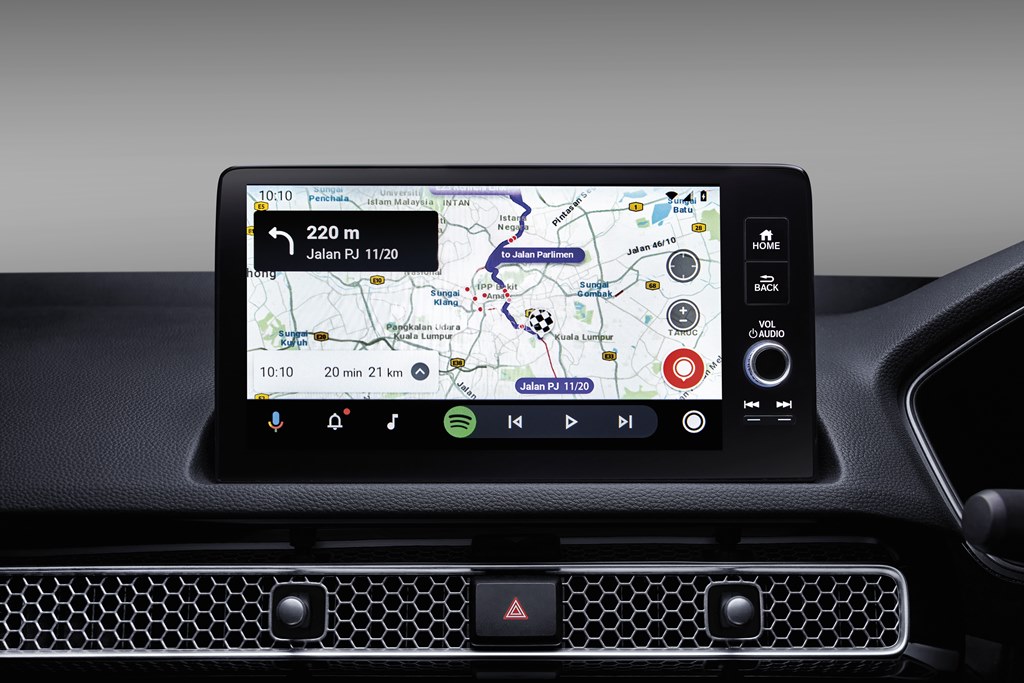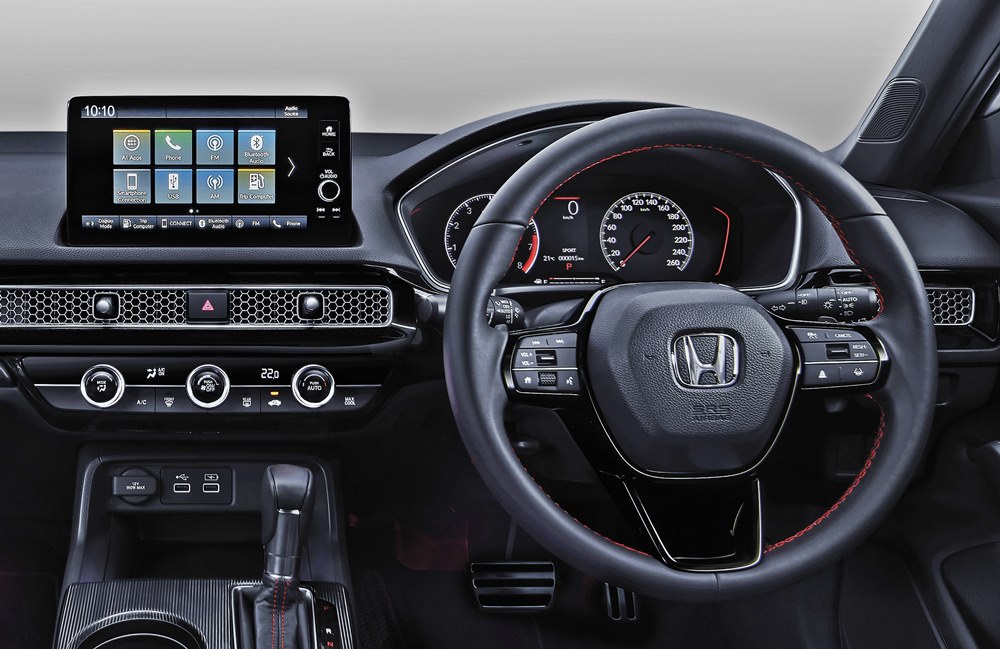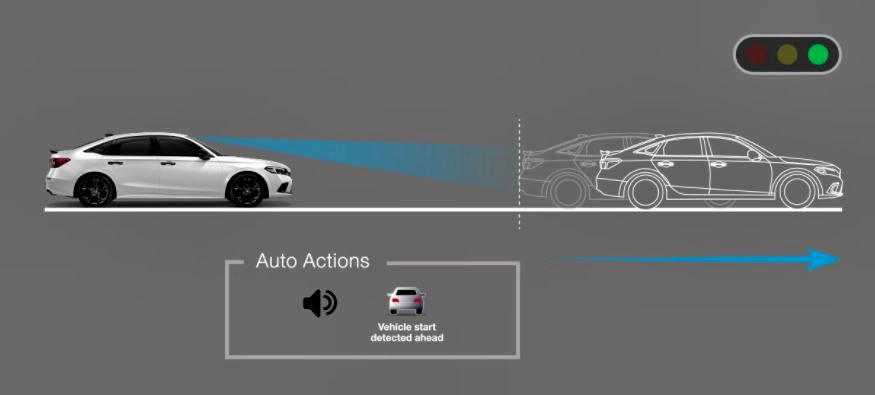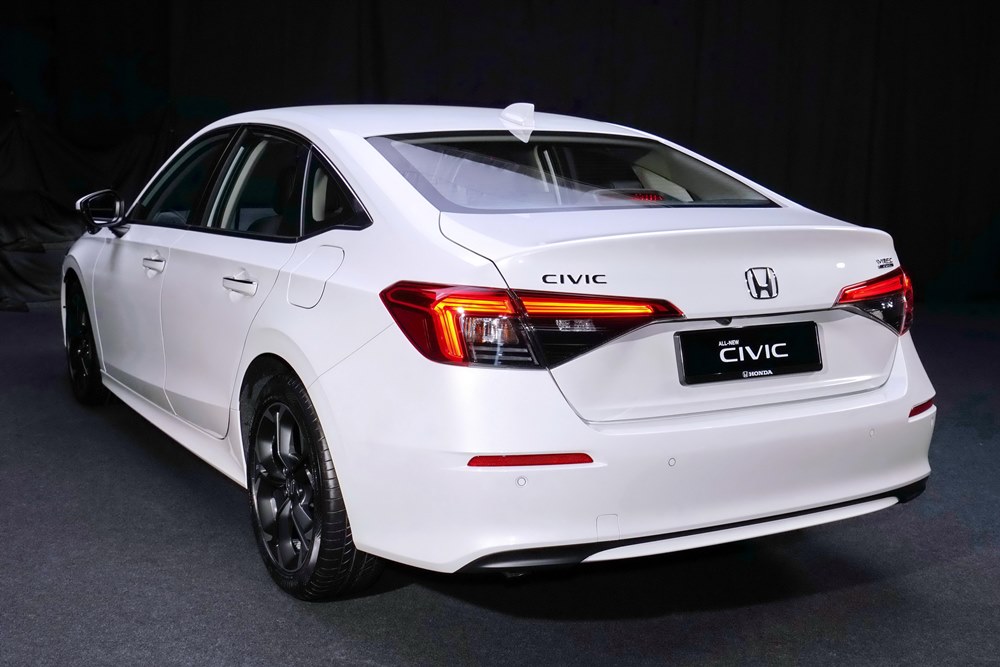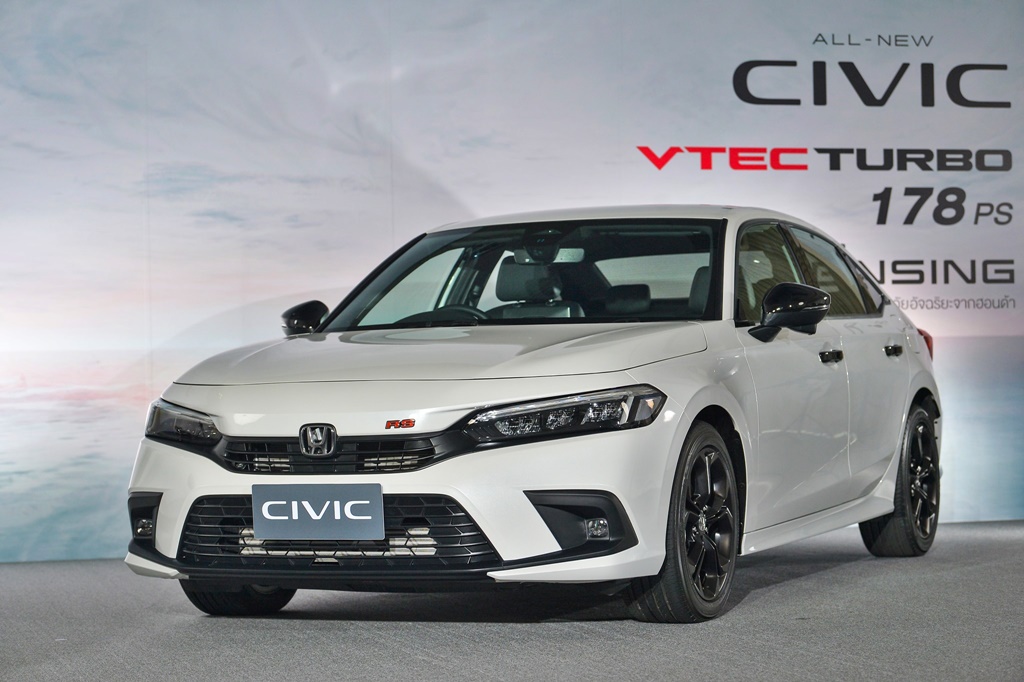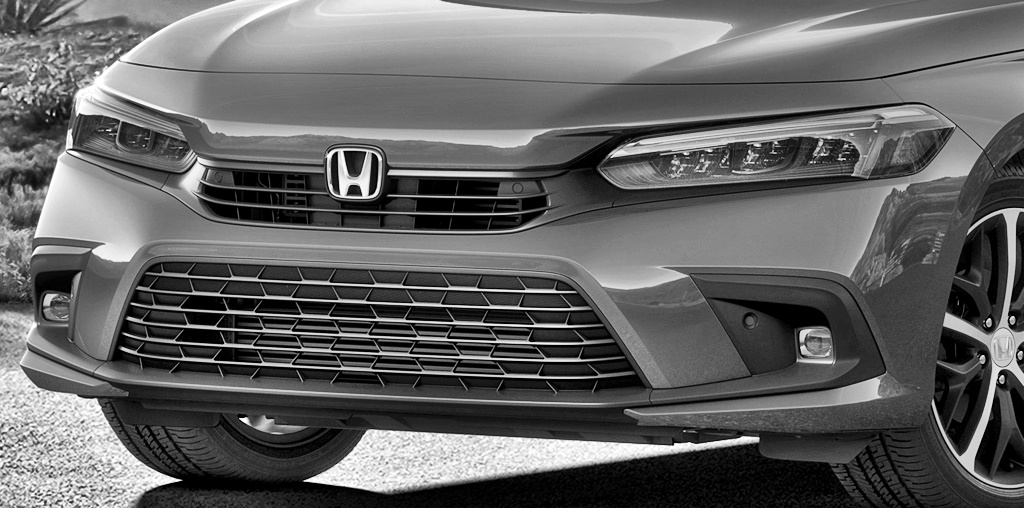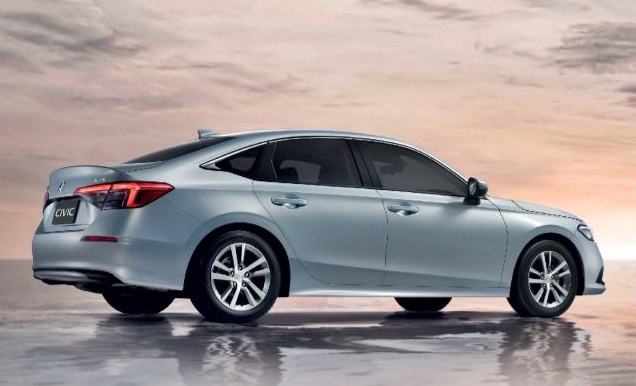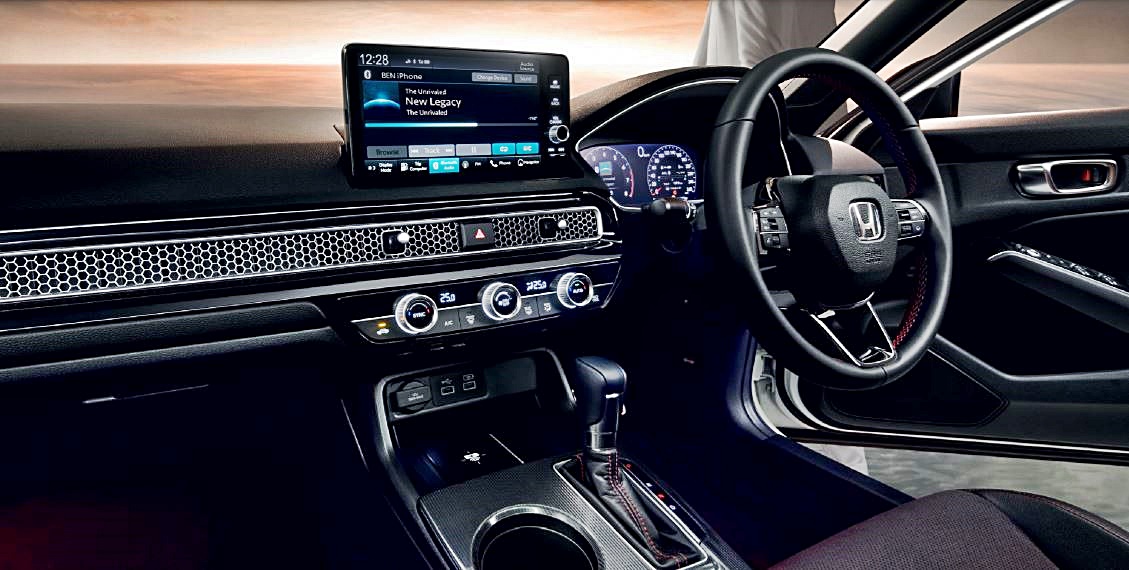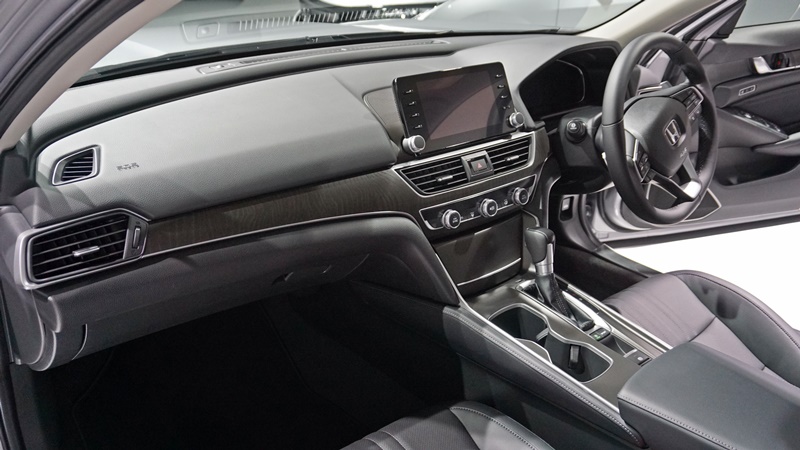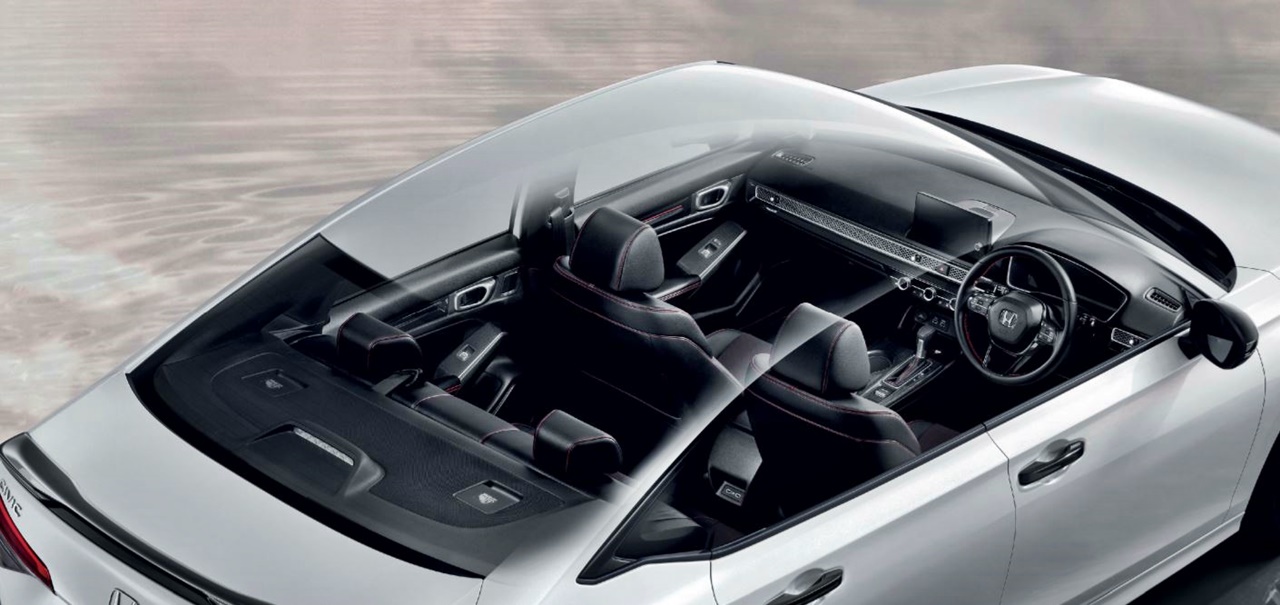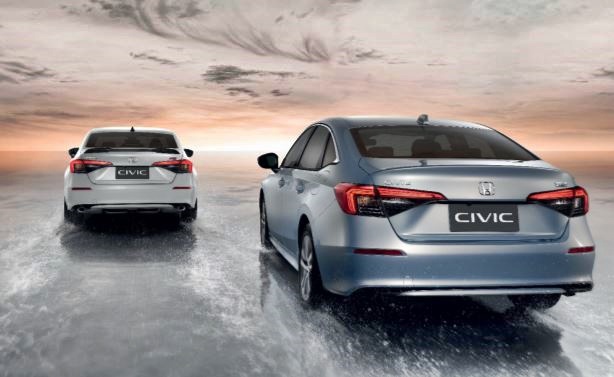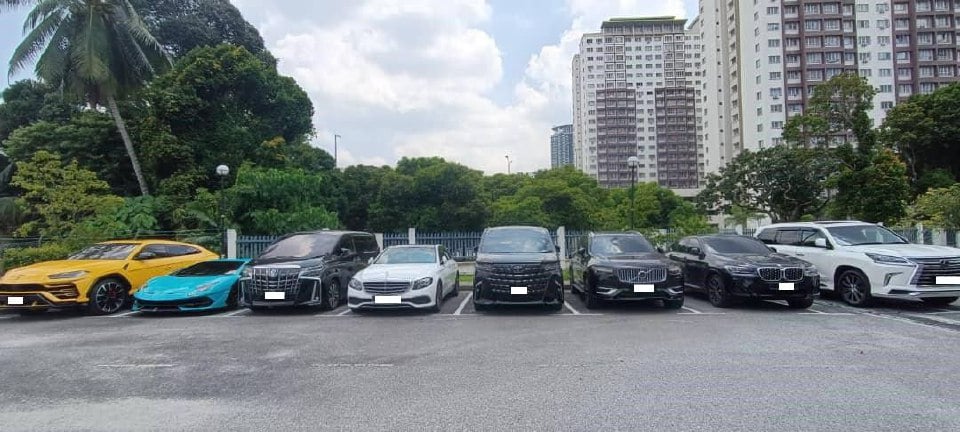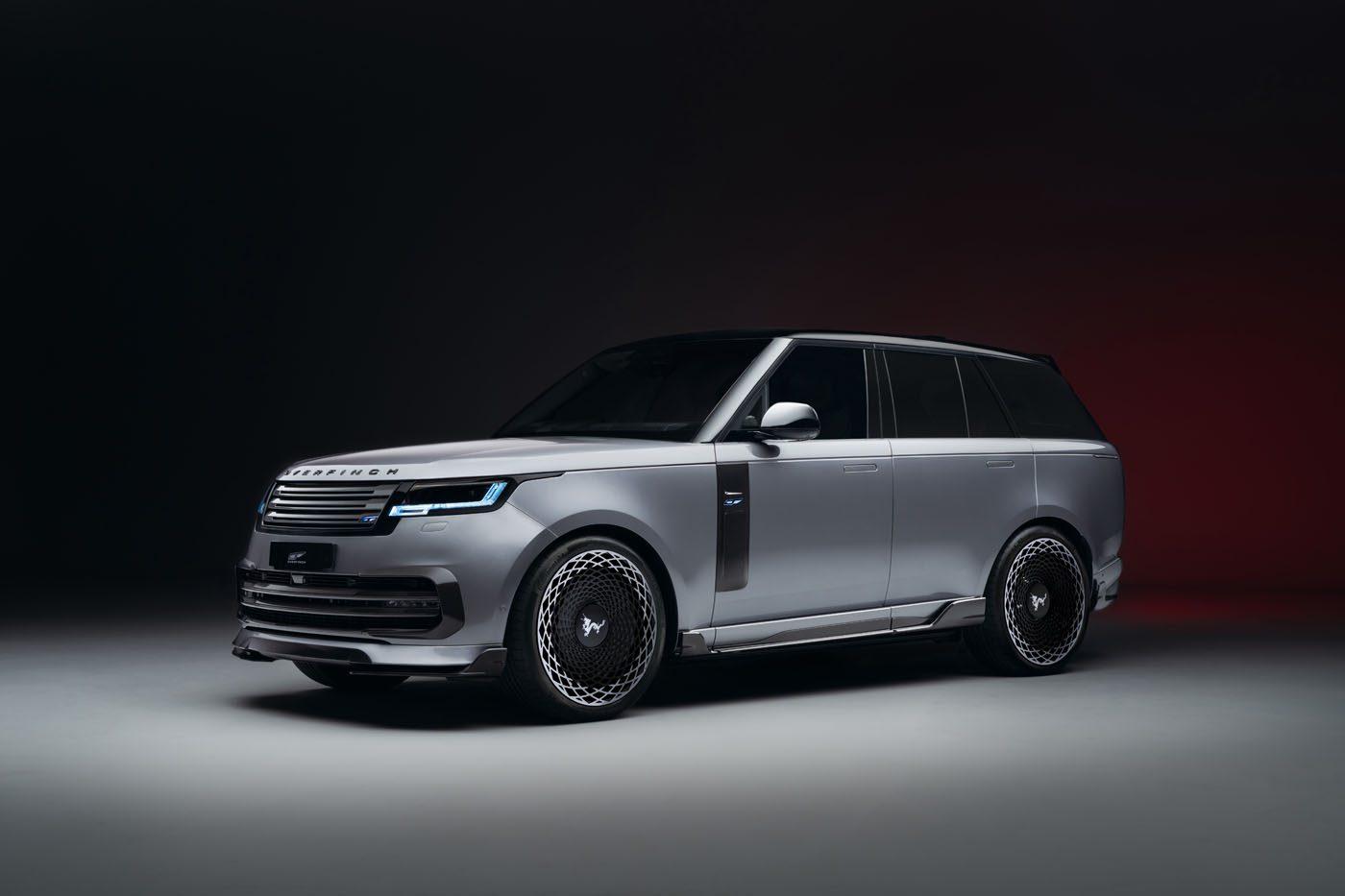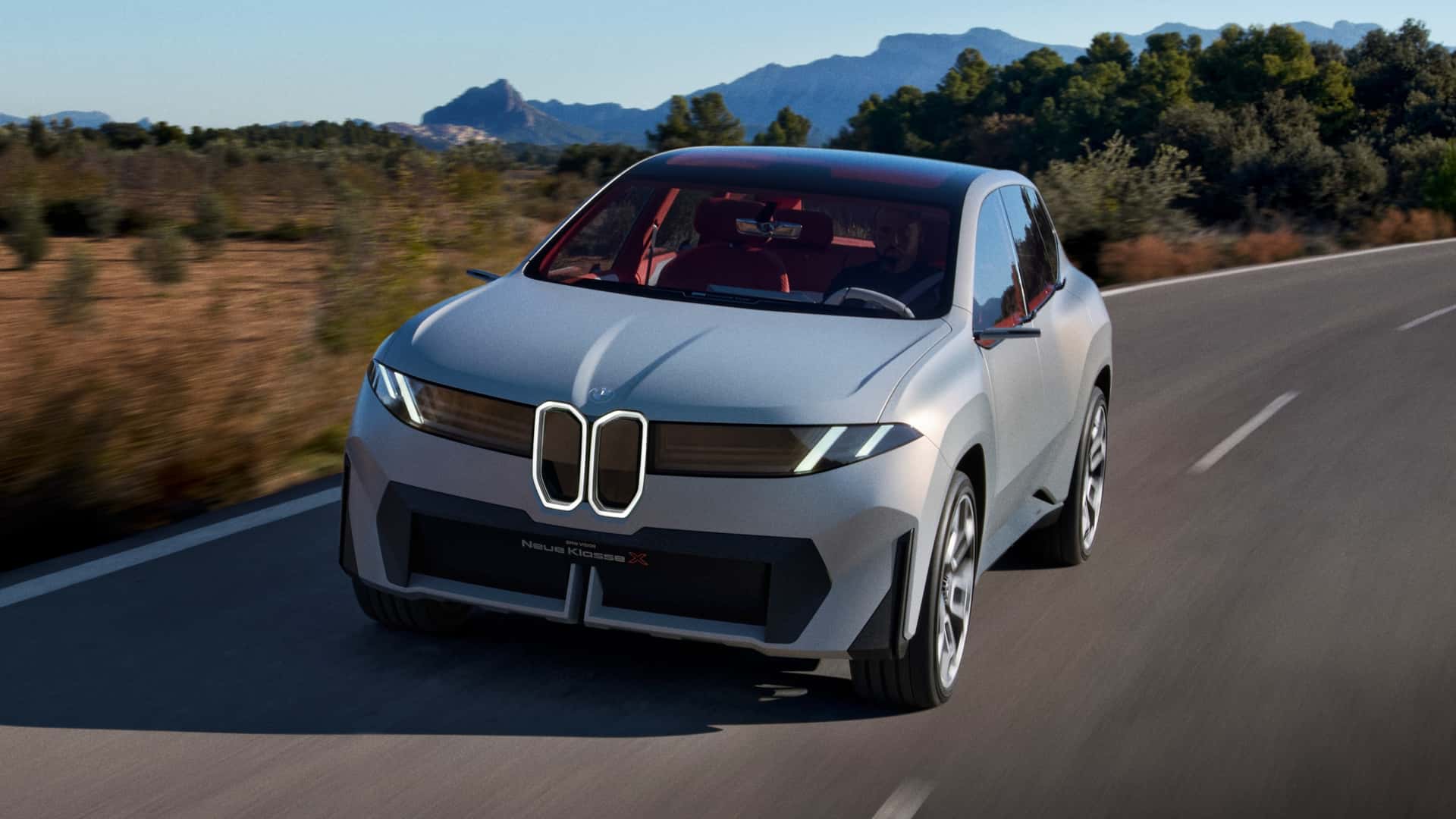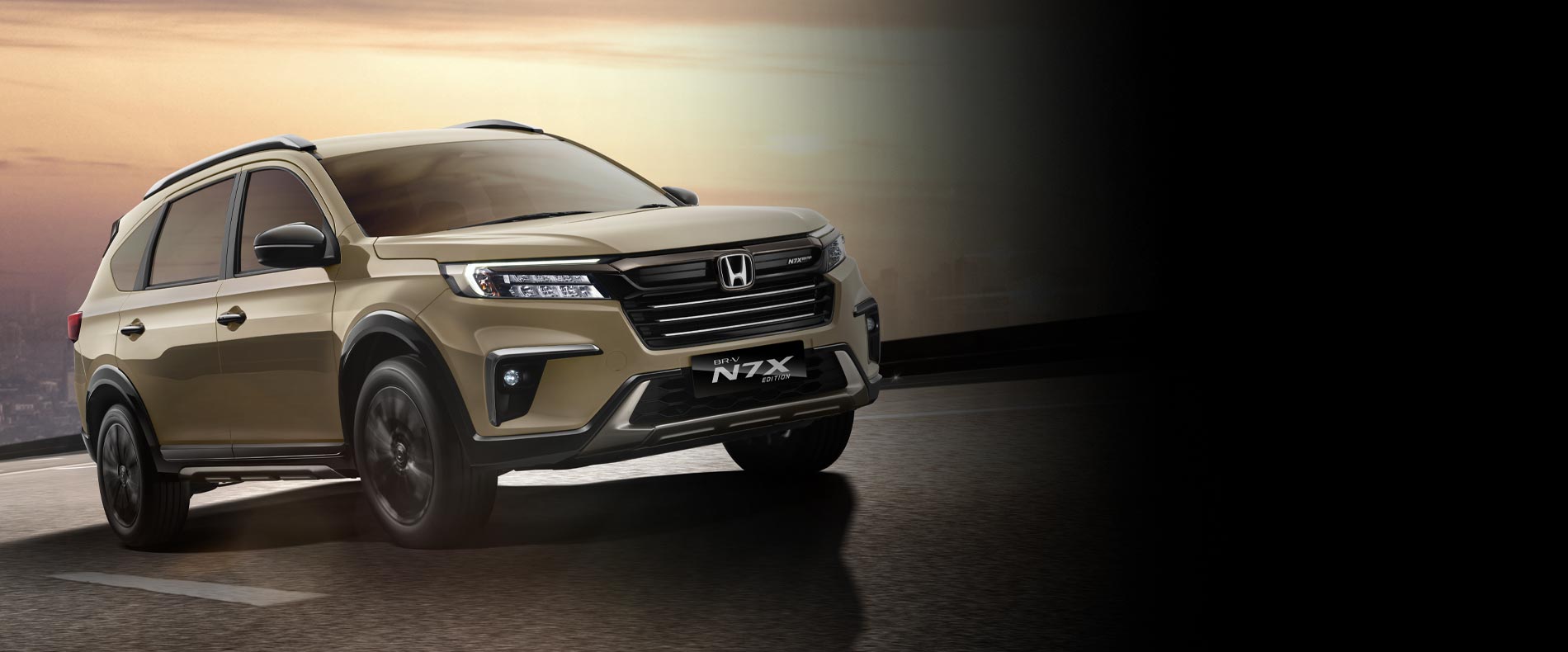Although 2021 saw businesses being disrupted, with an extended lockdown in the middle of the year, many car companies were able to continue their planning, thanks to online meetings with their principals overseas. If such a situation had occurred in the 1980s, perhaps a lot of projects would have to be suspended and delayed.
Now that things are returning to normal (although there is also the ‘new normal’), it is apparent that in companies like Honda Malaysia, a lot of planning was done during 2021 and while launches were probably delayed, now the new models are being rushed into the market. And even before the excitement of the launch of the City Hatchback has died down, the all-new 11th generation of the Civic Sedan has been officially launched today – less than 12 months after its global debut in America.
The Civic would be the longest locally-assembled Honda model, having been assembled since the first generation in the mid-1970s. It was assembled at the Oriental Assemblers plant in Johor then, and then when Honda Malaysia built its own factory in Melaka in the early 2000s, assembly of all Honda models was transferred there.
For the new generation, Honda Malaysia has three variants – the Civic RS, Civic 1.5V and Civic 1.5E. This time round, there is only the proven turbocharged VTEC Earth Dreams engine offered. This means all the variants get the same output of 182 ps with 240 Nm of torque, which is more powerful than a conventional 2.4-litre engine. Power delivery to the front wheels is via a CVT.
According to Maduko Chujo, Managing Director & CEO of Honda Malaysia, the company is also looking at the possibility of offering a hybrid powertrain with the Civic later on. Such a version exists for the new Civic Hatchback in some markets and so it could be also used in the sedan. Or Honda Malaysia might add the Hatchback to its range, a bigger brother to the new City Hatchback. But we’ll probably know if and when this is going to happen by seeing what appears in the Thai market which usually gets new products before Malaysia.
The new styling retains some elements of the previous generation but also has a refreshed character with a low-slung look to the profile. The use of Laser Brazing technology (for the first time at the plant), gives a smooth and clean roofline that makes the car look sleeker.
Compared to the tenth generation, the frontal appearance looks less aggressive with a ‘thin and light’ appearance. It would appear that the EXCITING H!!! DESIGN philosophy which was adopted in 2013 is evolving to something new. The Solid Wing Face that has been in the frontal character is no longer evident and a simpler form is being introduced, which also has some elements used in the new HR-V.
Likewise, at the rear, the distinctive ‘claw’ lighting signature that identified the 10th generation from far away is also gone. The new LED rear combi units wrap around the corners and taper towards the centre.
As with other models, there is the option of adding Modulo accessories for a sportier look or more functionality. There are 5 different packages ranging from RM1,241 to RM7,089. These can be specified at the time of purchases so they can be included in the total cost of the car for calculation of the H-P loan.
The overall size is almost the same as before with the only 2-digit increases being in the length (+30 mm) and wheelbase (+33 mm). Usually, extending the wheelbase would improve rear space and comfort, which Honda says is the case.
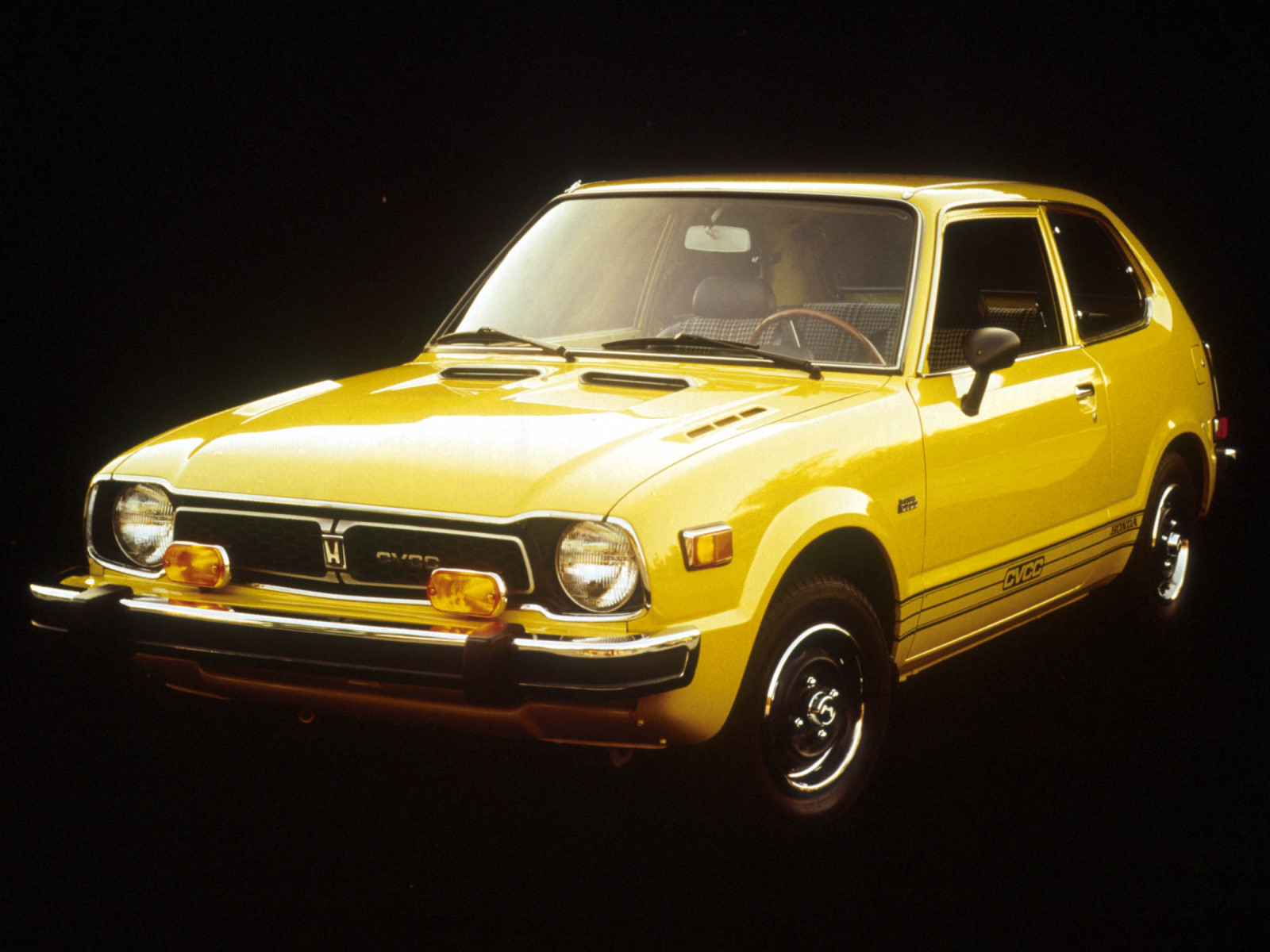
Comparing to the first generation model which was launched in 1972, it’s amazing how the size of the car has changed. The overall length of the first generation, which was a hatchback, was almost 1 metre shorter – around 3.5 metres versus the 2022 model’s 4.7 metres. In 50 years, it has widened to 1.8 metres, 300 mm more, and not surprisingly, being a much bigger car, the latest generation weighs around 1,350 kgs whereas the original was about half that weight!
[Click here for our first driving impressions]
The chassis of the new Civic has been further stiffened, not only for better resistance to collisions but also to improve handling and ride comfort. Compared to the tenth generation, there’s an 8% increase in torsional rigidity and 13% increase in bending rigidity. Over 10 generations, the Civic has been continuously moving upwards in its image and with this elevation towards a more premium product, Noise, Vibration and Harshness (NVH) levels have had to be reduced. In the latest models, NVH is lower as a result of the application of insulators, floor undercover and spray foam in the chassis areas.
For the new interior, the designers looked at the early Civics, particularly the first one. Those who remember that first generation will see some styling elements in the dashboard of the latest Civic. Some good ideas are still good and so the original design approach of ‘Man-Maximum, Machine-Minimum’ (or ‘M/M’) was used.
While the shelf-like design of the original dashboard has not been revived, the narrow Honeycomb Mesh Panel that runs across two-thirds of the fascia (and also on the right side of the steering column) is in some ways reminiscent of the first generation design. The metal panel serves both form and function, creating a dramatic visual dividing line between the audio, information displays and climate controls, while the intricate flow-through design conceals the air vents for an uncluttered look.
The interior designers obviously did a lot of studies on the control knobs and switchgear and have chosen the right types for different adjustments. While touch and slide controls are cool and futuristic, they are not necessarily practical. The fan speed and temperature adjustments, for example, are far easier to make with rotary knobs. To adjust them by touching a panel means you have to be precise about where you touch and you also have to look, which isn’t good for safety. With rotary knobs, you don’t have to look and for changing modes, pushbuttons are provided.
On the top of the dashboard sits a 9-inch HD display panel (7 inches for Civic 1.5E) for the infotainment system. Manufacturers now no longer need to worry about providing navigation software, thanks to the connectivity provided by Apple CarPlay and Android Auto which enables compatible smartphones to send popular apps to the display screen from which they can also be operated. Thus issues like updating maps are irrelevant as apps like Waze and Google Maps will do that and for music, there’s Spotify to call on. And even here, the designers have wisely chosen to provide a rotary knob for adjusting the volume, rather than a touch slider on the screen.
Over in the driver’s area, the instrument panel uses a 7-inch TFT display which is clear and sharp in all lighting conditions. As before, there are steering wheel mounted switches for making adjustments and calls without taking the hands off the steering wheel or looking away from the road ahead. With the Civic RS and 1.5V, paddle shifters are also provided for manually changing CVT ‘gears’.
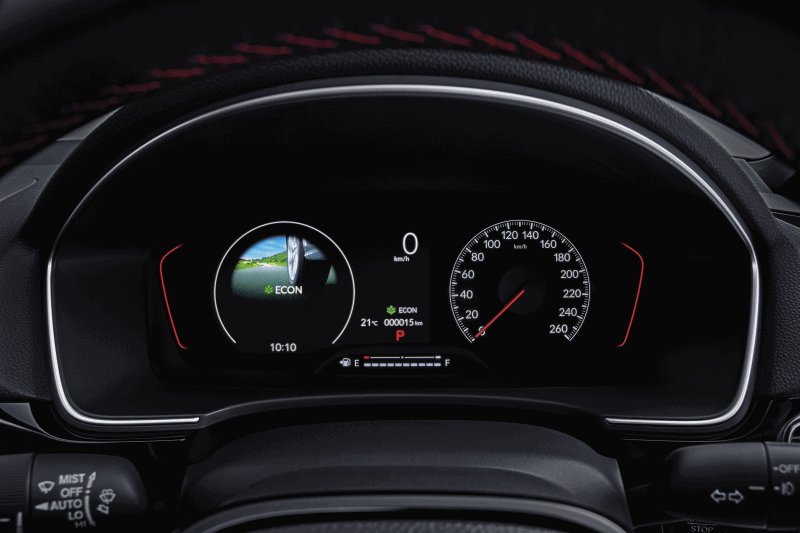
Seats look like, well, seats and unless you study the construction in detail, you won’t see any difference. However, there are improvements in the seat design to give better support and reduce tiredness on long drives. The seat frame has been designed so that the body posture is better and for the drivers in the RS and 1.5V, 8-way power adjustments make it easy to get the ideal position.
For convenience, there is Remote Start available (1.5V and RS) which allows starting the engine from a distance so that the air-conditioner can start running to cool down the interior. The doors will also automatic lock after you have left the car and walked 2 metres away or after 30 seconds.
Like other manufacturers, Honda also has its own suite of active safety systems where a number of different systems work together to help the driver avoid an accident or if it cannot be avoided, to reduce the damaging or injurious effects. In the 10th generation Civic, these systems integrated as Honda SENSING captured data for analysis using a single-lens camera and a millimetre-wave radar which scanned the road ahead.
For the 11th generation, the radar is no longer used and instead, there is a new camera system with a wider field of view (100 degrees, double the width of the previous camera). Where the radar was used to measure the distance to a vehicle ahead, this function can now be done by the camera. Honda engineers are confident that the camera system is better than the previous camera/radar system, even in bad weather conditions. Of course, the driver always needs to be aware that the camera’s view can be obscured in very heavy rain so in such situations, care should be taken rather than rely on Honda SENSING.
The system has automatic emergency braking capability, adaptive cruise control which works right to standstill (and resumes automatically), automatic headlight adjustment between high and low beams, lane and road departure detection and warning as well as keeping the car within its lane. Newly added to Honda SENSING is a feature that alerts the driver when the stopped car ahead moves off. How useful this feature is remains to be seen although it might help in congested conditions where drivers will be reminded to move on when the car ahead has departed from its spot.
With the RS and 1.5V, there is also the Honda LaneWATCH system which is a blindspot monitoring system for the left side of the car. This uses a camera mounted on the door mirror which provides an image along the side of the car. The image is shown on the centre display panel whenever the left signal is activated and the driver can know if there is another car or motorcycle coming up along the side. It’s a noteworthy feature as it reduces the amount of turning the head has to do, compared to having to look for a flashing icon on the mirror (as with other systems).
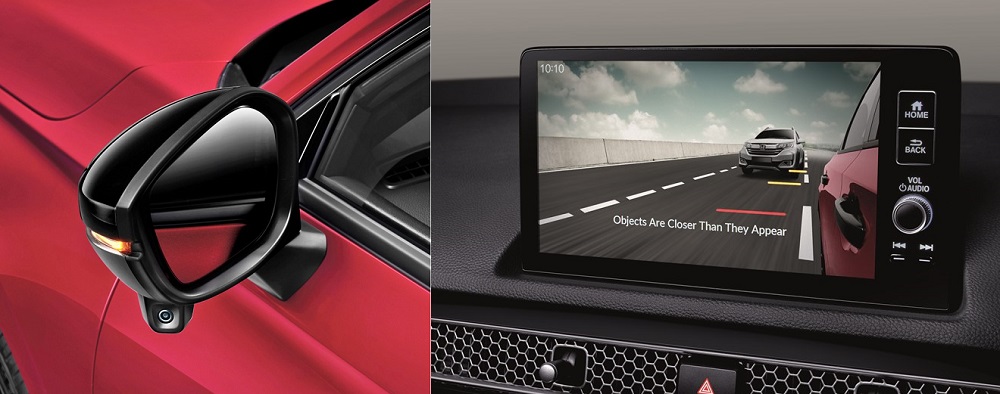
The new Civic is also set up for Honda CONNECT, the third model in Malaysia to have this telematics technology. Using a smartphone, the owner can view information on the vehicle as well as use remote and security applications. The system also has vehicle tracking which is useful if it is stolen as support services will be able to locate it and inform relevant authorities to recover it.
The new Civic is now in all authorized Honda showrooms nationwide for viewing or test-drives. To locate a showroom in Malaysia, visit www.honda.com.my.
New Honda Civic gets top safety rating from ASEAN NCAP (w/VIDEO)


